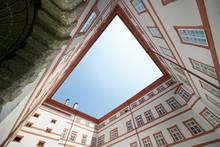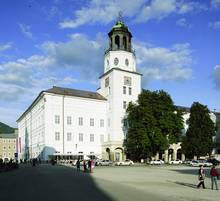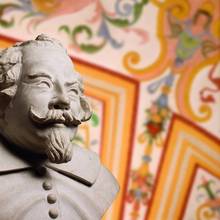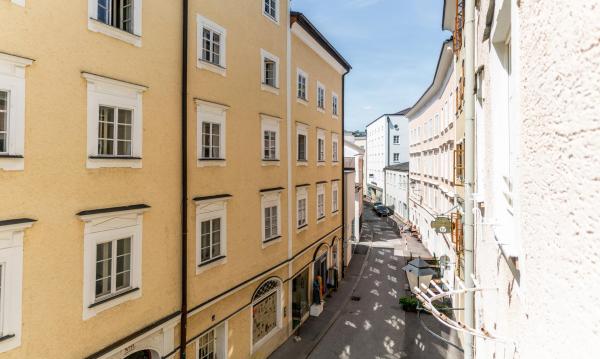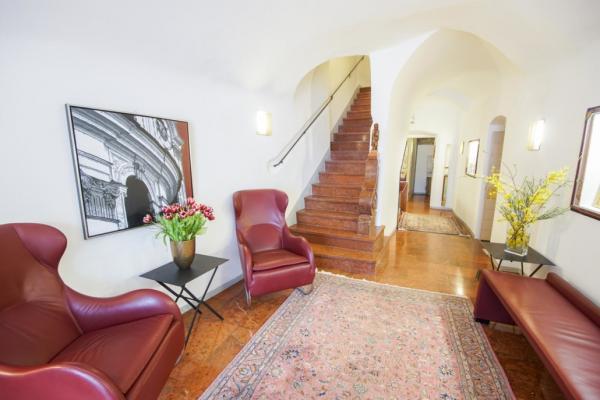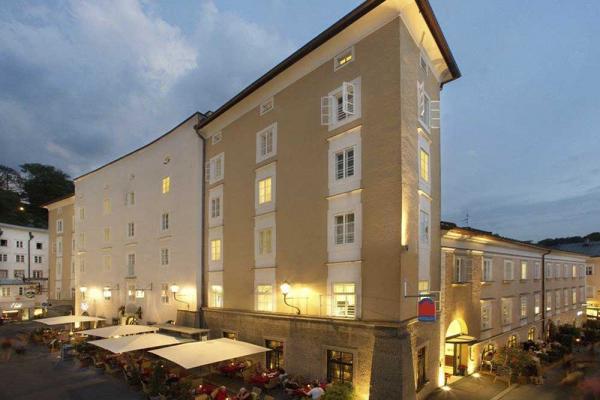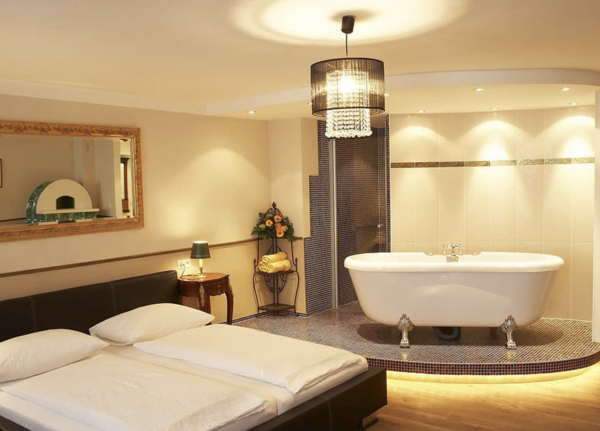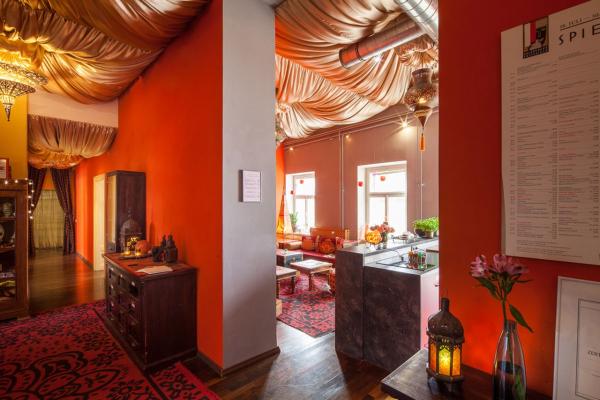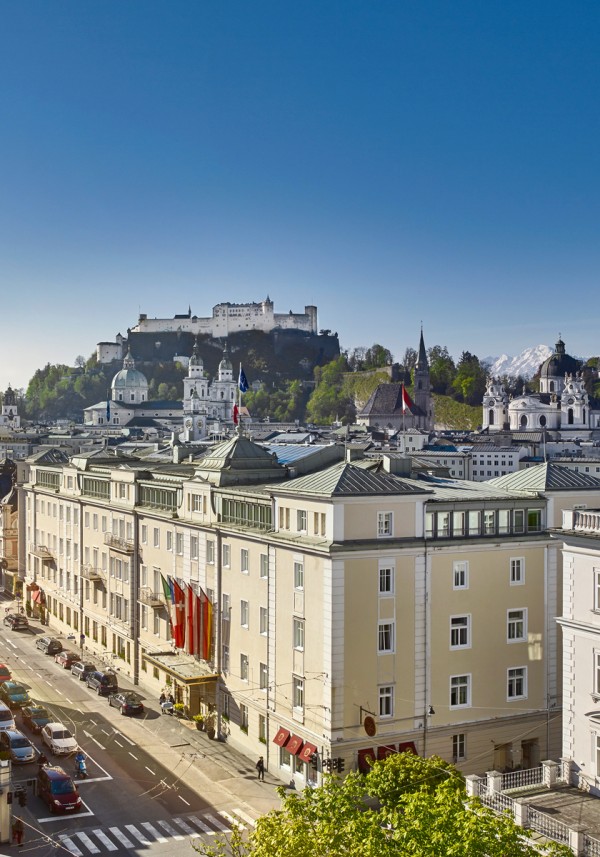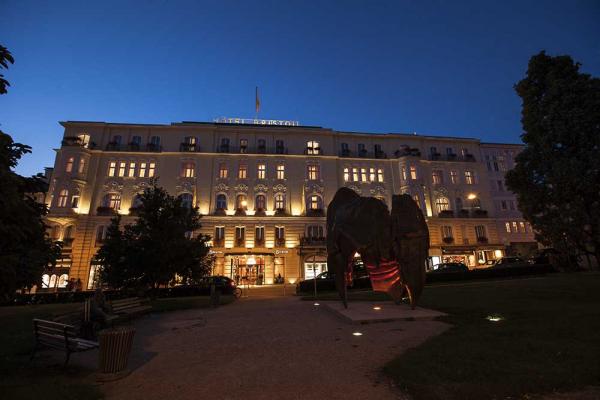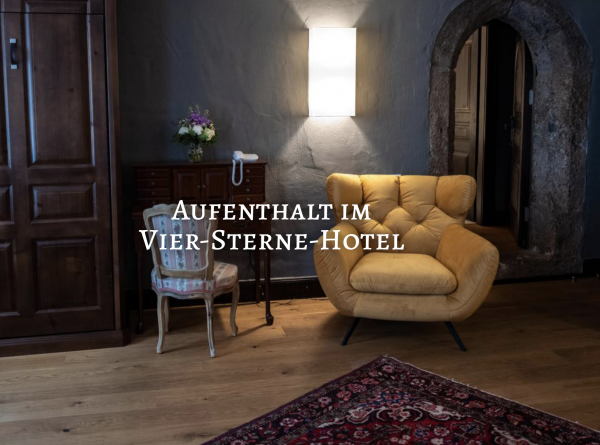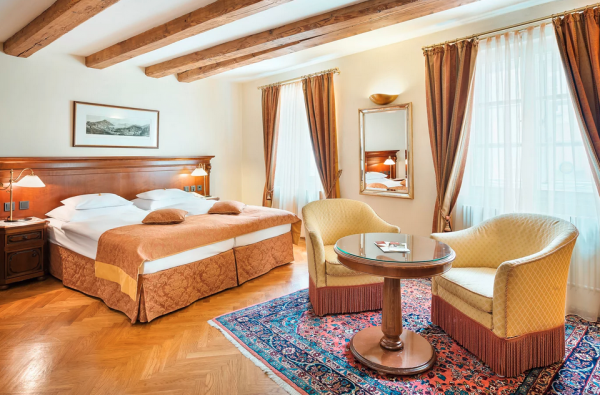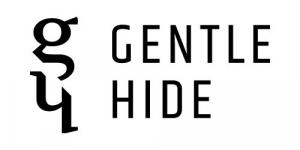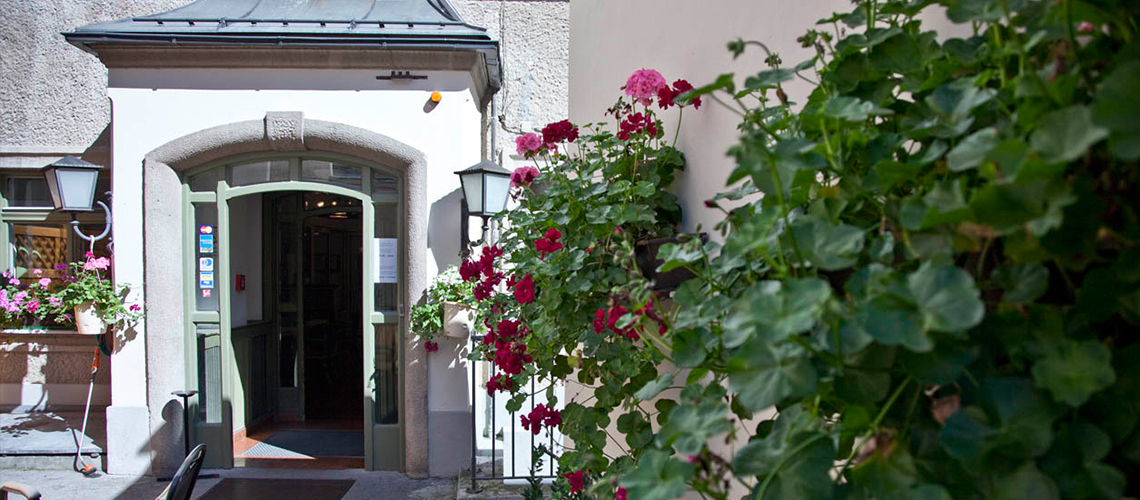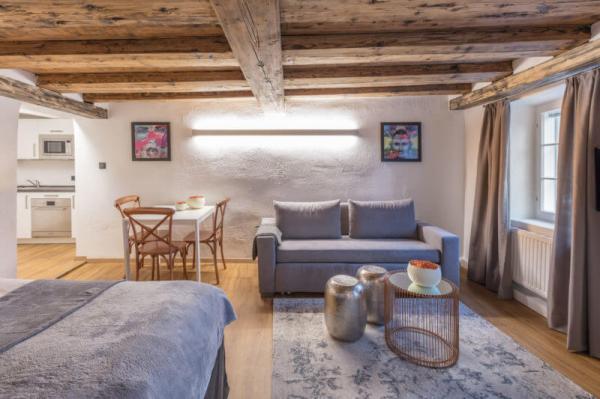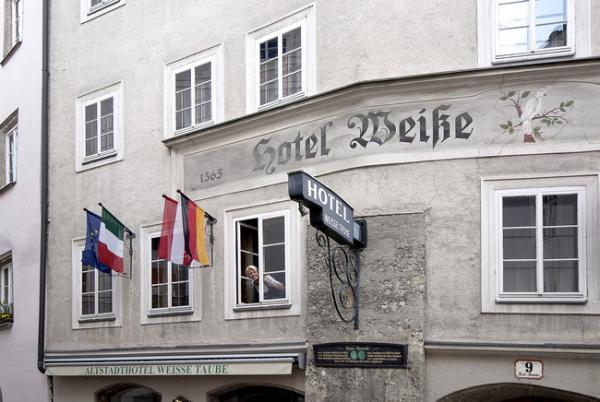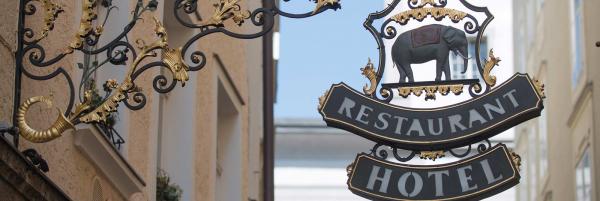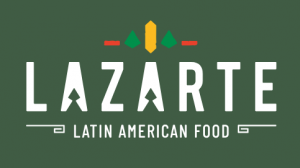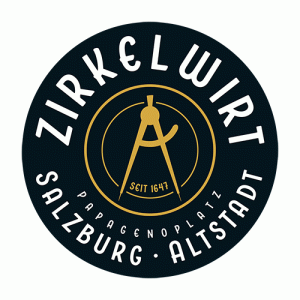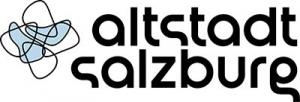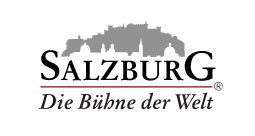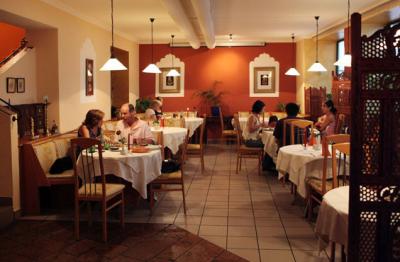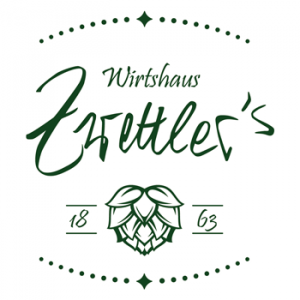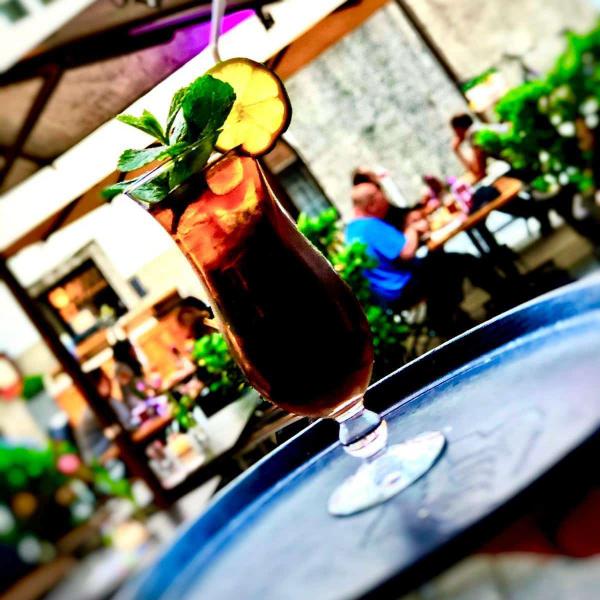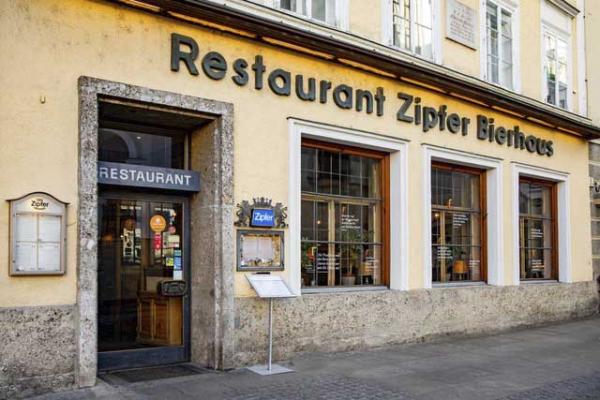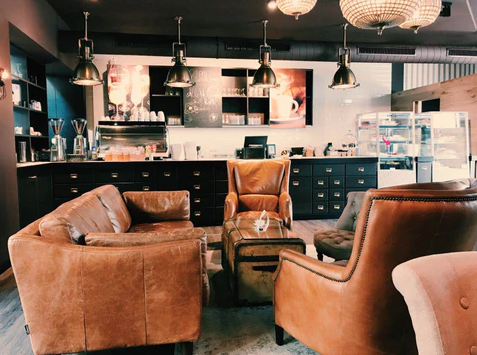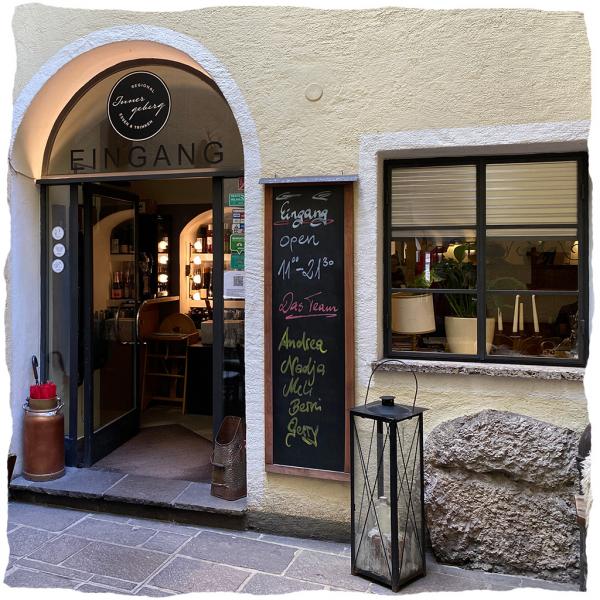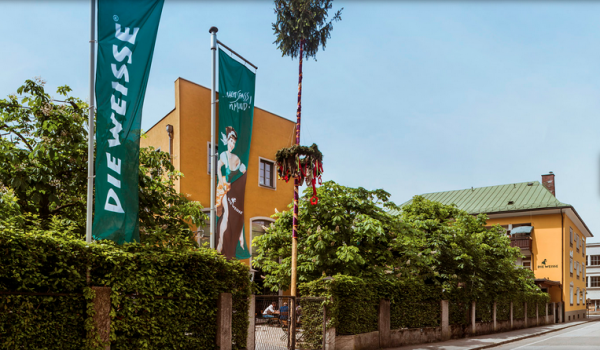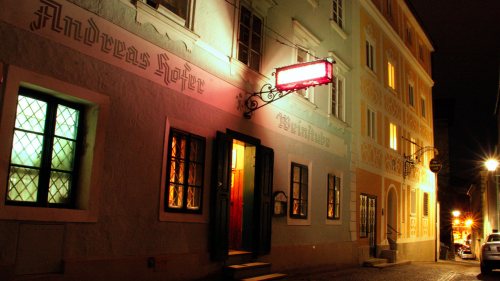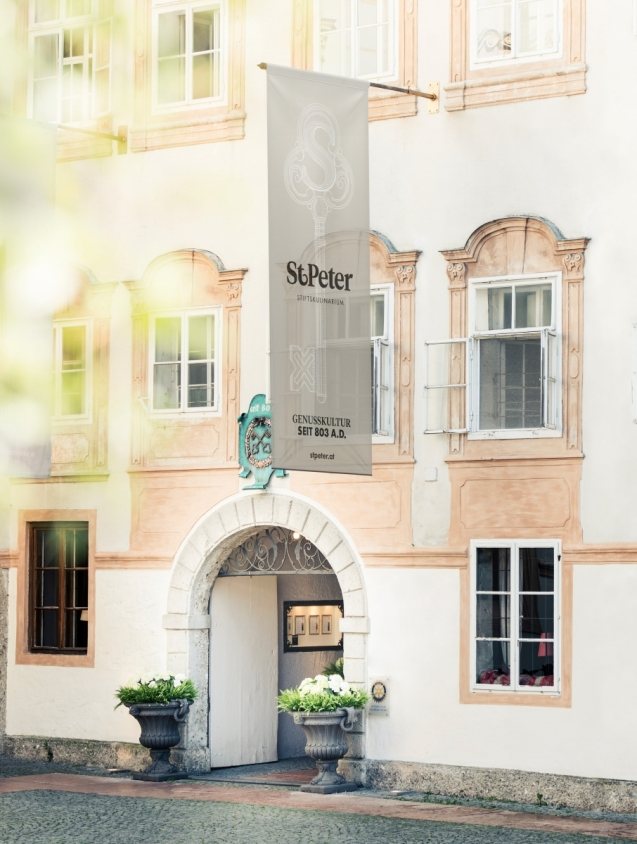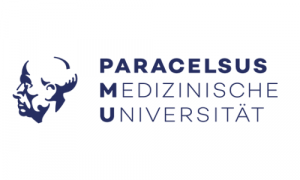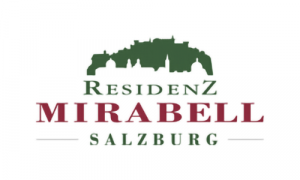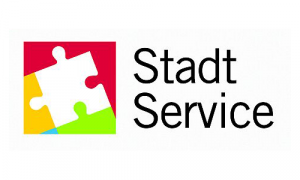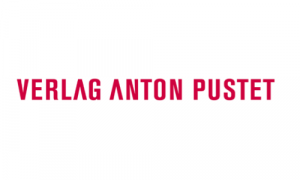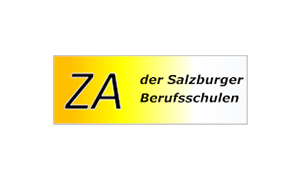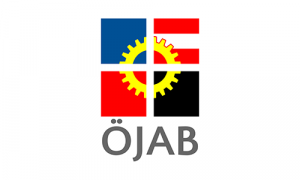The Salzburg Museum and its locations
From the museum founded in 1834 on the initiative of Maria Vinzenz Süß - as a patriotic institution for all Salzburgers in the city and the province - in the municipal warehouse building, today's Salzburg Museum has developed over 180 years as the largest and oldest museum for art and cultural history in Salzburg.
Although the term Salzburg Museum is today associated in a special way with the main building in the Neue Residenz at Mozartplatz, which was occupied in 2007, it also stands as an umbrella brand for other locations in which collection-related museum work is carried out. Thus, the Salzburg Museum currently comprises a total of eight locations, which in the Neue Residenz, the Panorama Museum, the Fortress Museum, the Toy Museum, the Folklore Museum and the Cathedral Excavation Museum, the DomQuartier | Nordoratorium as well as in the Alpenstraße Study Building lead through the City of Mozart like a red thread to Salzburg's art and cultural history.
All locations are connected in a special way with the collections of the Salzburg Museum and thus also provide correspondingly varied insights into the most diverse topics and epochs of Salzburg. With the beginning of 2012, an operating agreement was also concluded with the Hallein Celtic Museum. This results in special synergy effects for both institutions in the area of prehistory, which has also been shown in a new and attractive permanent exhibition since November 2014.
Salzburg Museum
Mozartplatz 1
5020 Salzburg Stadt
+43 (0)+43 662 62 08 08 720
www.salzburgmuseum.at
office (at) salzburgmuseum.at
Current special exhibitions
Fischer von Erlach - Master builder of the baroque era
until 8 OCT. 2023
NEW RESIDENCE | ART GALLERY
Johann Bernhard Fischer von Erlach (1656-1723) is one of the most important master builders of the European Baroque. With buildings such as the Collegiate Church in Salzburg, the Court Library and the Karlskirche in Vienna, he created icons of architectural history. Trained in Rome, Fischer combined in his work a precise knowledge of ancient monuments and the most contemporary buildings of Italy as well as France with a special ability for spatial-sculptural and at the same time pictorial design. His spatial and temporal horizons extended far beyond the boundaries of his narrower sphere of influence - above all Vienna and Salzburg. As the visionary author of the first illustrated world history of architecture, which spread his fame throughout Europe in book form even during his lifetime, he became a world architect of the Baroque.
In cooperation with the Wien Museum, the Salzburg Museum is taking the 300th anniversary of Fischer's death in 2023 as an opportunity to present the fascinatingly diverse work of the architect, his artistic environment and his charisma in a large-scale show. The exhibits are drawn from the rich holdings of the two partner museums, supplemented by numerous high-caliber loans from Austrian and international collections. Austrian artist Werner Feiersinger stages this show, presenting Fischer's architecture from the perspective of a sculptor. Drawings, engravings, paintings, models and photographs made by Feiersinger himself make Fischer's most important buildings and projects vivid and convey the topicality of his artistic thinking between body, space and image. A natural focus of the exhibition is on the Salzburg buildings with which he shaped the face of the city like no other architect.
In its contemporary design, in the arrangement of the objects and with innovative forms of mediation, the exhibition deliberately refers to the great Fischer von Erlach retrospective of 1956 and thus reflects the history of exhibiting as well as the historical construction of the "Fischer von Erlach myth".
Water - enjoy - use - fear
UNTIL NOV. 1. 2023
FOLKLORE MUSEUM, MONATSSCHLÖSSL HELLBRUNN
In recent years, the Monatsschlössl in Hellbrunn has developed into a place of special dialogues between the folklore collection and various artistic, historical and socially relevant topics. This concept will be continued with the new special exhibition "Water - enjoy - use - fear" in 2023.
Objects from the museum's collections will encounter scientific findings and statistics on the enjoyment, consumption and dangers of water. Water is both vital and life-threatening: people need it, enjoy it, and fear it. Extreme weather events are perceived as a danger and are increasing with climate change. The exhibition addresses current and historical attempts to control water. Historical votives bear witness to storms and flood disasters. Weather forecasts, hydrological measurements, flood control structures and contingency plans provide a sense of security that is put to the test in an emergency. How do you protect yourself and your home from water?
And how much drinking water do you use every day?
Collected with Passion - 100 Years of the Salzburg Museum Society
NEW RESIDENCE | 2ND FLOOR
The Salzburg Museum Society was founded in October 1922. It is thus one of the oldest and - with currently more than 14,000 members - also the largest museum support association in Europe. To this day, acquisitions for the collection of the Salzburg Museum are a central concern of the association. This is intended to make a significant contribution to Salzburg's cultural heritage in the museum. The anniversary "100 years of the Salzburg Museum Association" serves as an occasion to make outstanding acquisitions visible as interventions in the permanent exhibition "Myth of Salzburg" and to complement them with selected acquisitions of the Salzburg Museum Association of recent years.
The permanent exhibition on the 2nd floor of the New Residence already contains numerous acquisitions of the Salzburg Museum Society, for example the magnificent view of the city of Salzburg from 1840 by painter Johann Fischbach (1789 - 1891).
In total, a selection of more than 100 objects will be on display. The Salzburg Museum would like to thank the Salzburger Museumsverein, whose acquisitions provide the basis for the expansion of the museum's collection.
Studio Geschichte – Familiensache
NEUE RESIDENZ | SÄULENHALLE
Seit 2018 zählt das „Studio Geschichte“ zu einem besonders beliebten und generationsübergreifenden Angebot im Salzburg Museum. Viele Gäste schätzen dabei das variable Raumkonzept. Es funktioniert als Ausstellung. Ebenso als Rahmen für eine Vielzahl an Veranstaltungen und Vermittlungsformaten. So auch mit seiner neuen Konzeption 2023:
Persönliche Familienstücke, historische Objekte und berührende Geschichten werden in Szene gesetzt. Diesmal dreht sich im interaktiven Ausstellungsraum mit Laborcharakter alles um das Thema „Familie“. Wie hat sich das Familienbild im Laufe der Jahrhunderte verändert? Was macht Familie aus? Und wie leben Familien in Salzburg heute? Als Ideen- und Begegnungsraum lädt das Studio Geschichte zum generationsübergreifenden Mitmachen und Nachdenken ein: Bei einem interaktiven Familienquiz erfahren Besucher*innen, wie sich die Bedeutung von Familie im Laufe der Zeit verändert hat, eine Mitmachwand lädt zur Teilhabe ein und historische Objekte aus der Sammlung des Salzburg Museum geben Einblicke in Familiengeschichten der Vergangenheit.
At the heart of the mediation concept are story couriers who use their objects and experiences to show how colorful family life is today. Children and families can play, do and reflect together with the help of a doll's house and small challenges.
The Studio Geschichte is accompanied by a diverse program of events: from family days and talks with artists, to parent-baby tours and a playful program for kindergartens and schools.
Salzburg unique - History(s) from the city and countryside
NEW RESIDENCE 1st floor
The exhibition "Salzburg Unique" provides a variety of insights into the art and cultural history of Salzburg. In the spirit of its title, the exhibition conveys themes that make Salzburg unique. The selection was made by the Salzburg Museum with special consideration of its collection areas. These range from antiquity to the present and include around 600,000 objects. For "Salzburg Unique", the Salzburg Museum has selected objects that tell special stories about Salzburg.
With its forays through the epochs, the exhibition aims to illuminate Salzburg in a multifaceted way. It is about a unique cultural area whose history and nature have been shaped by people for centuries. Some of it we encounter today as cultural heritage. Others as a reminder of history for our present actions. Much of it as a mission to give Salzburg's uniqueness a future.
In a special children's trail, young visitors discover not only the uniqueness of Salzburg, but also their own!
Experience history - time travel in five stations
until 6 October 2024
TOY MUSEUM
This special exhibition turns a visit to the museum into a joyride into the past. Surrounded by scenic backdrops, visitors slip from one era into the next, immersing themselves in the worlds of princesses, Vikings and Stone Age people. It starts with a short trip to the opulent summer festival at the court of the Sun King, from there everyone travels straight on to the Middle Ages and explores a sinister knight's castle.
After a stormy day at sea with a horde of Vikings, the visitors finally land in the Stone Age. But wait! ... Was there the roar of dinosaurs in the distance? Can we really travel that far back in time? Come with us on our excursion into bygone eras and find out...
Building block, brick, wooden block!
until 23 October 2023
TOY MUSEUM
Building blocks have been among the perennial favorites in children's rooms for many decades. No wonder, when you consider that in such accumulations of building blocks lies the potential to become castles, cranes, ships, castles or entire cities. In this special exhibition, we roll up our sleeves and use our building block collection to show what children have used to build their imaginary spaces over generations. Of course, there will be plenty of interactive stations where children can get stuck in and help build - after all, what would a building block be without a master builder?
